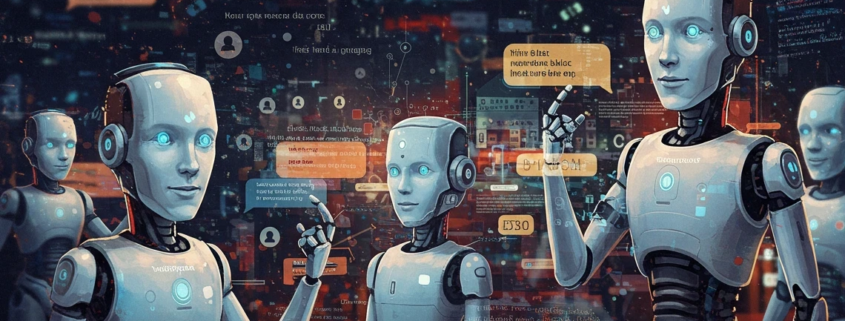What is AI Model Context Protocol (MCP)?
What is MCP? Understanding Model Context Protocol for AI Beginners
If you’re exploring the world of AI—especially AI agents—you might come across the term MCP, short for Model Context Protocol. It sounds technical, but it’s actually a powerful concept that helps AI models work smarter and stay on track.
Let’s break it down in simple terms.
The Problem: AI Models Don’t Remember
Most large language models (LLMs), like ChatGPT or Claude, are stateless. That means they don’t have memory from one interaction to the next—unless you provide that memory. Every time they respond, they’re doing so based only on the text you give them in that moment.
Imagine asking an AI assistant for help booking a flight. Then, two messages later, you ask it to update your destination. Unless you remind it what the original destination was, it won’t remember.
That’s where MCP comes in.
MCP is a structured way of delivering context to an AI model. Think of it like a briefing. It tells the AI what it needs to know to do its job properly.
This context might include:
- The user’s goal or task (“I want to reschedule my dentist appointment.”)
- The history of the conversation
- Any tools the AI can use (like a calendar or payment system)
- The AI’s role (“You’re a friendly support agent.”)
- Information about the environment (like time, location, or user data)
By giving the AI a full picture, MCP helps it behave more intelligently and stay aligned with what the user needs.
Why MCP Matters
Without context, even the smartest AI can feel… dumb. It forgets, repeats itself, or gives answers that don’t make sense.
But with a well-designed MCP:
- 🤖 The AI feels smarter and more consistent
- 🧠 The AI can reference previous information without being explicitly reminded
- 🔄 Multiple AI agents can collaborate, sharing relevant context between them
- 🛠️ The AI can use tools effectively, knowing when and why to act
It’s like giving your digital assistant a notepad, a memory, and clear instructions—all before it opens its mouth.
A Real-World Example
Imagine a customer calls your AI-powered support line. The MCP might include:
- The customer’s name and recent purchase
- The reason for their call
- Any recent issues they’ve reported
- Company policy on refunds
With that information in its “mental inbox,” the AI can provide support that feels personalized and intelligent—not generic.
MCP and Multi-Agent Systems
If you’re using multiple AI agents (like one for scheduling, one for sales, one for support), MCP helps coordinate them.
Each agent receives a tailored version of the context it needs—no more, no less. This avoids confusion, keeps the system efficient, and ensures the agents don’t contradict each other.
Final Thoughts: Why You Should Care About MCP
If you’re building with AI, using AI in your business, or even just trying to understand how these systems work, MCP is the glue that holds it all together. It’s what makes AI agents feel more human, more helpful, and more aligned with your goals.
In the same way that a pilot gets a flight plan, or a doctor gets your medical chart, an AI model needs a structured context to perform at its best.
That’s exactly what Model Context Protocol provides.

Leave a Reply
Want to join the discussion?Feel free to contribute!